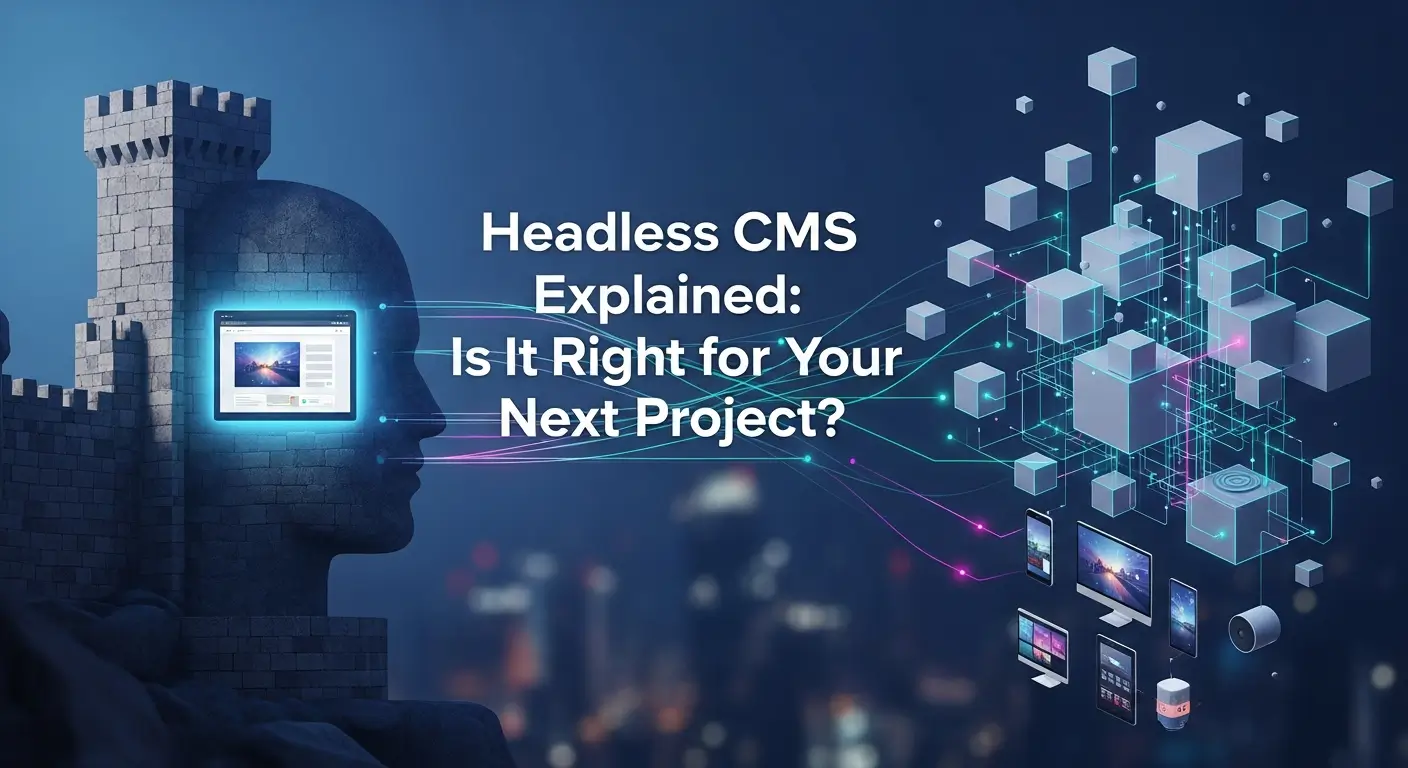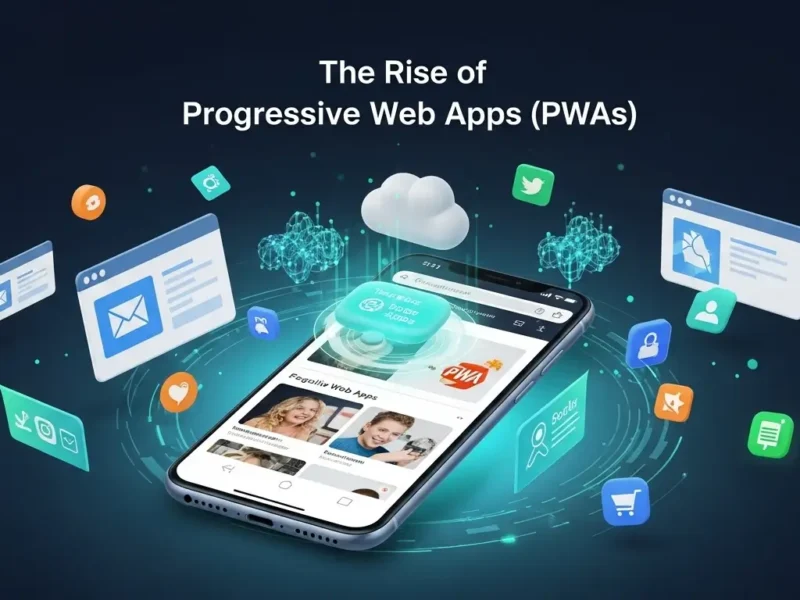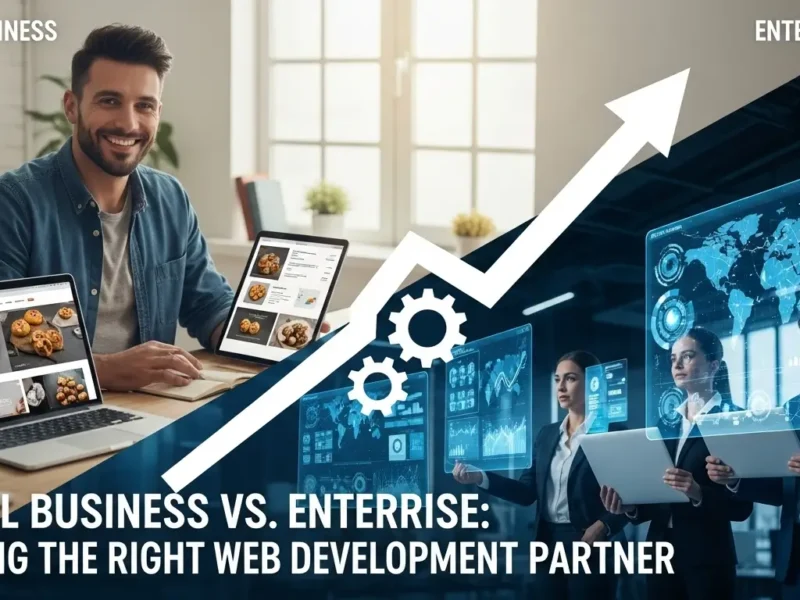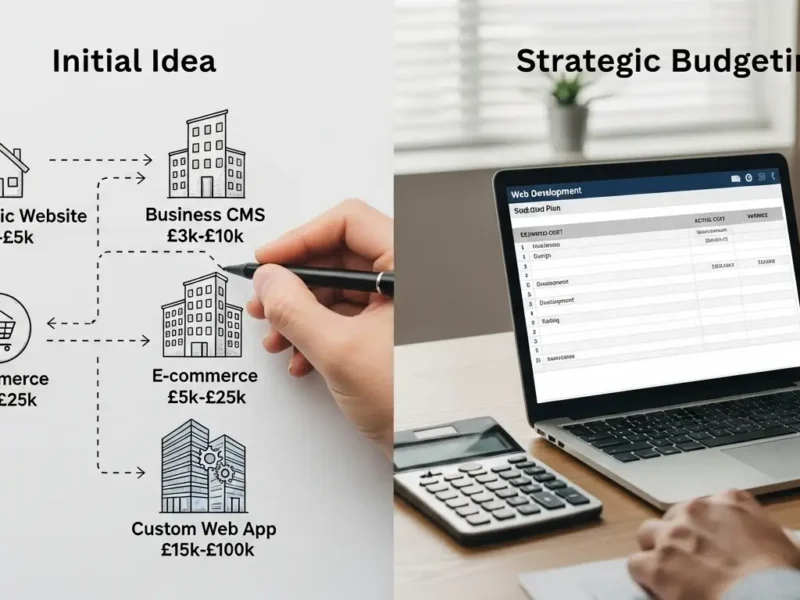The digital landscape is constantly evolving, and with it, the demands on how we create and deliver content. In this dynamic environment, a new contender has emerged, challenging the traditional content management paradigms: the headless CMS. But what exactly is a headless CMS, and more importantly, is it the right choice for your next big project? This comprehensive guide will demystify the concept, explore its advantages and disadvantages, and help you determine if going headless aligns with your strategic goals.
The Traditional CMS: A Brief Overview
Before diving into the intricacies of a headless CMS, let’s briefly revisit its predecessor: the traditional, or monolithic, CMS. Think WordPress, Drupal, or Joomla. These systems are “monolithic” because they bundle both the content management backend (where you create and store content) and the frontend (how that content is presented to users) into a single, integrated package.
In a traditional CMS, your content is tightly coupled with its presentation layer. When you write a blog post in WordPress, you’re not just creating the text; you’re also inherently deciding how it will look on a website – its font, layout, and position within a pre-defined theme. This integrated approach offers simplicity and ease of use, particularly for those with limited technical expertise. However, it also brings certain limitations, especially in an era of diverse digital touchpoints. For a dedicated web development agency, understanding these nuances is crucial for guiding clients toward the optimal solution.
What is a Headless CMS?
Imagine a body without a head. That’s essentially the core concept behind a headless CMS. In this architecture, the “head” – the presentation layer or frontend – is completely decoupled from the “body” – the content repository or backend.
A headless CMS focuses solely on content creation, storage, and delivery through an API (Application Programming Interface). It doesn’t carehoworwherethat content is displayed. It simply provides the content as raw data, allowing developers to consume it and present it on any platform they choose.
Key Characteristics of a Headless CMS:
- Content-First Approach: The primary focus is on content modeling, creation, and management, independent of any specific design or display.
- API-Driven Delivery: Content is exposed via APIs (REST or GraphQL), making it accessible to any frontend application.
- Frontend Agnostic: It doesn’t dictate the frontend technology. You can use React, Vue, Angular, Swift, Kotlin, or any other framework to build your user interface.
- Decoupled Architecture: The separation of concerns between content and presentation offers immense flexibility.
How Does a Headless CMS Work?
The workflow with a headless CMS differs significantly from a traditional setup. Here’s a simplified breakdown:
- Content Creation: Content editors use the headless CMS’s intuitive backend interface to create, edit, and organize content. This content is stored in a structured, normalized format.
- API Exposure: The headless CMS exposes this content through its API. Developers can query this API to retrieve specific pieces of content.
- Frontend Development: Developers build independent frontend applications (e.g., a website, a mobile app, a smart device interface) using their preferred technologies.
- Content Consumption: The frontend application makes API calls to the headless CMS to fetch the required content.
- Content Presentation: The frontend application then renders and displays the content according to its own design and logic.
This decoupling empowers developers to use the best tools for each job, rather than being confined by the limitations of a monolithic system.
The Advantages of Going Headless
The rise of headless CMS platforms isn’t just a fad; it’s a response to genuine needs in the modern digital ecosystem. Here are the compelling benefits they offer:
1.Omnichannel Delivery
This is arguably the most significant advantage. In today’s world, content needs to be delivered across a multitude of channels: websites, mobile apps, IoT devices, smartwatches, voice assistants, digital signage, and more. A traditional CMS struggles with this, often requiring significant rework or separate instances for each channel.
A headless CMS, by delivering raw content via API, makes omnichannel a reality. You create content once, and it can be seamlessly distributed and adapted to any “head” or touchpoint, ensuring a consistent brand message everywhere.
2.Enhanced Flexibility and Scalability
Developers gain unparalleled freedom to choose their preferred frontend frameworks and technologies. This allows for the creation of highly customized, cutting-edge user experiences without being constrained by CMS templates or themes. This architectural freedom also means easier scaling of individual components. If your website needs to handle a traffic surge, you can scale the frontend independently of the backend.
3.Improved Performance and Security
With the frontend and backend separated, you can optimize each layer independently for performance. Frontend applications can be built as static sites or highly optimized SPAs (Single Page Applications), leading to faster load times and a smoother user experience. Security is also enhanced as the public-facing frontend is decoupled from the content repository, reducing potential attack vectors.
4.Future-Proofing Your Content
Technology evolves rapidly. A frontend framework popular today might be obsolete tomorrow. By decoupling your content from your presentation layer, your content becomes future-proof. If you decide to completely re-platform your website’s frontend in five years, your valuable content remains untouched and easily accessible through the API.
5.Better Developer Experience
Developers appreciate the freedom to work with modern tools and workflows. Headless CMS platforms often integrate well with continuous integration/continuous deployment (CI/CD) pipelines, enabling faster development cycles and more agile project management.
The Disadvantages of a Headless CMS
While the benefits are substantial, a headless CMS isn’t a silver bullet. It comes with its own set of challenges and considerations:
1.Increased Technical Complexity
This is the most common hurdle. Going headless requires a clear understanding of API integrations, frontend development, and potentially backend setup for serving the frontend. It’s not a ready-to-use solution that non-technical users can spin up easily. You’ll need skilled developers on your team.
2.Higher Initial Development Costs
Because you’re essentially building two separate systems (the content backend and at least one frontend), the initial development costs and time can be higher than with a traditional, theme-based CMS.
3.Content Preview Challenges
One of the conveniences of a traditional CMS is the “what you see is what you get” (WYSIWYG) editor and instant content preview. With a headless CMS, content editors don’t automatically see how their content will look on various channels. This often requires custom preview environments or tools, adding another layer of complexity.
4.No Built-in Frontend Features
Things like themes, plugins for SEO (like Yoast for WordPress), forms, and user management are often baked into traditional CMS platforms. With headless, you’ll need to build or integrate these functionalities yourself on the frontend, or find separate services for them.
Is a Headless CMS Right for Your Next Project?
The decision to go headless depends heavily on your specific project requirements, team capabilities, and long-term strategy. Here are some scenarios where a headless CMS truly shines:
✅When to Consider a Headless CMS:
- Omnichannel Strategy: If your content needs to be delivered across multiple digital touchpoints (web, mobile apps, IoT, smart devices) and you require a consistent content source.
- Complex Digital Experiences: Projects requiring highly customized, interactive, and dynamic user interfaces that traditional CMS templates can’t accommodate.
- Microservices Architecture: If your overall system is built using microservices, a headless CMS fits naturally into this decoupled environment.
- High Performance and Scalability Needs: Websites or applications that anticipate significant traffic, require blazing-fast load times, and need independent scaling of frontend and backend.
- Modern Development Stacks: Teams comfortable with modern JavaScript frameworks (React, Vue, Angular) and API integrations. This is particularly relevant when considering a full stack developer’s guide building a headless commerce solution, as it emphasizes the deep technical expertise required.
- Future-Proofing: You want to protect your content investment and ensure it can adapt to future technological shifts without a complete overhaul.
❌When a Headless CMS Might Be Overkill:
- Simple Blog or Brochure Website: For basic websites with limited functionality and a single presentation layer, a traditional CMS like WordPress might be simpler and more cost-effective.
- Small Teams with Limited Development Resources: If you don’t have dedicated frontend developers or expertise in API integration, the learning curve and development overhead might be too high.
- Budget Constraints: The initial investment for a headless setup can be higher due to the need for custom frontend development.
- Quick Launch Requirement: If you need to get a website up and running very quickly with minimal customisation, a traditional CMS with off-the-shelf themes is often faster.
Popular Headless CMS Platforms
The market for headless CMS is thriving, with several excellent options available, each with its own strengths:
- Strapi: An open-source, self-hostable headless CMS that offers great flexibility and a powerful admin panel.
- Contentful: A popular SaaS (Software as a Service) headless CMS known for its robust API, scalability, and developer-friendly tools.
- Sanity.io: Another strong SaaS contender, offering real-time collaboration, a flexible content studio, and GraphQL API.
- Prismic: A cloud-based headless CMS with a focus on ease of use for content editors and a powerful content API.
- Directus: An open-source data platform that can be used as a headless CMS, providing an API wrapper for any SQL database.
- Storyblok: Focuses on a “visual editing experience” even with a headless architecture, providing a bridge for content editors.
The Future is Decoupled
The digital world is only becoming more fragmented, with content needing to reach an ever-increasing array of devices and platforms. The traditional monolithic CMS, while still valid for many use cases, is struggling to keep pace with these evolving demands.
The headless CMS represents a powerful shift towards a more flexible, scalable, and future-proof approach to content management. It empowers developers to build exceptional user experiences and allows businesses to deliver consistent content across every digital touchpoint.
Conclusion
Deciding whether a headless CMS is right for your next project requires a careful evaluation of your current and future needs. If you’re building a complex digital experience, aiming for true omnichannel delivery, prioritising performance and security, and have the development resources to leverage its power, then going headless is a strategic move that can provide significant long-term benefits.
Don’t let the technical complexity deter you without a thorough assessment. The flexibility and future-proofing offered by a headless architecture can be a game-changer for businesses looking to stay competitive in the fast-paced digital era.



